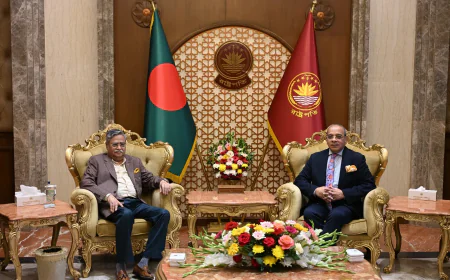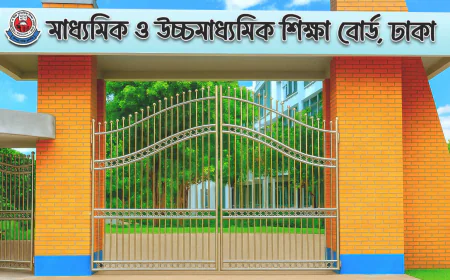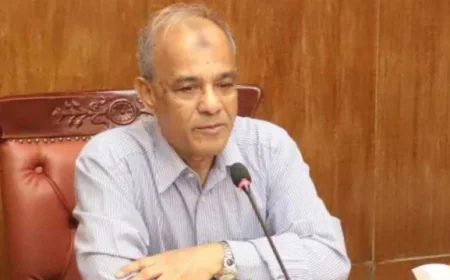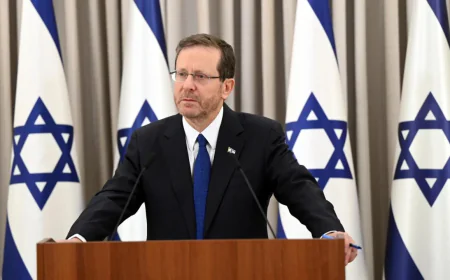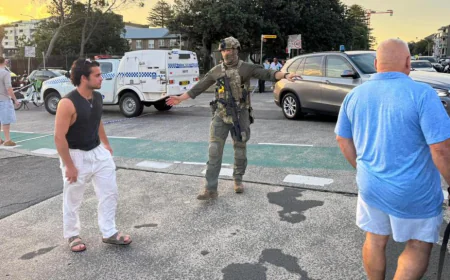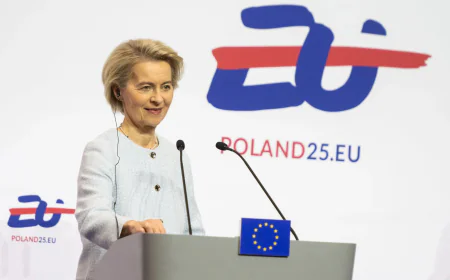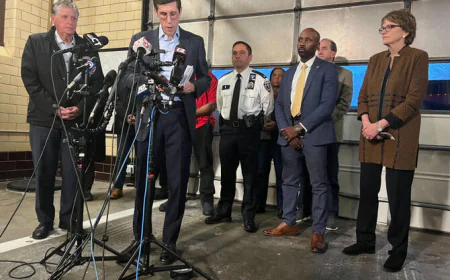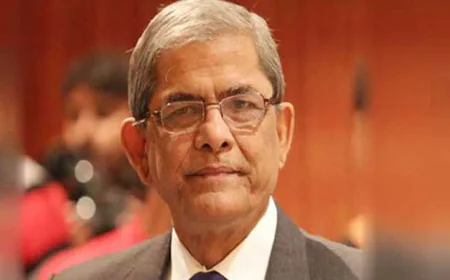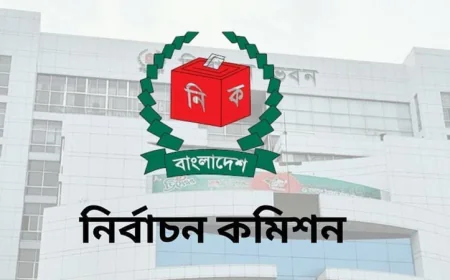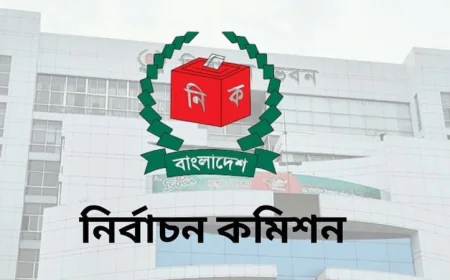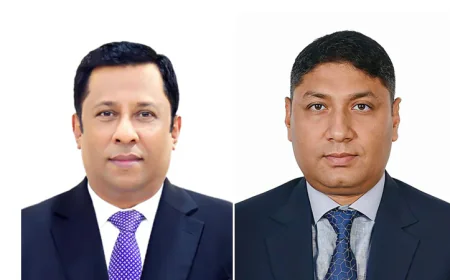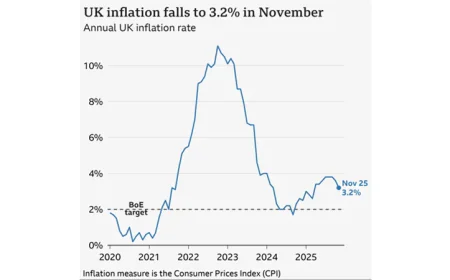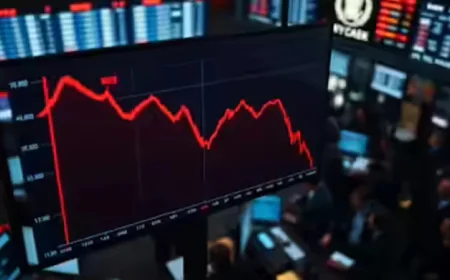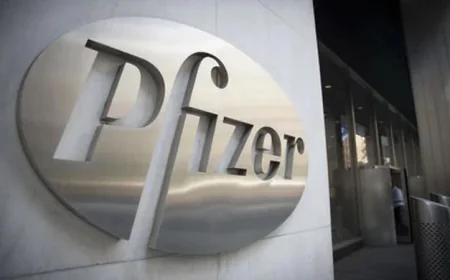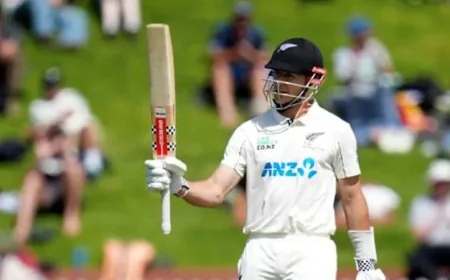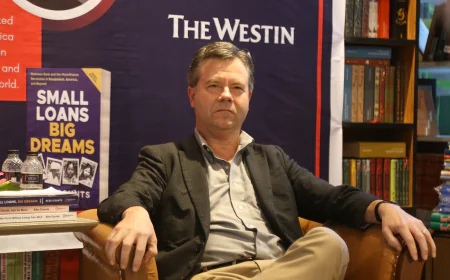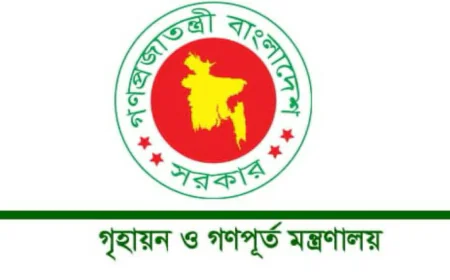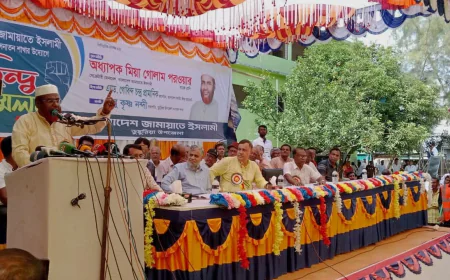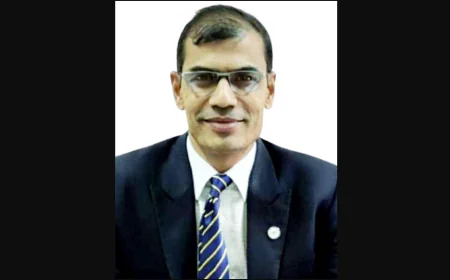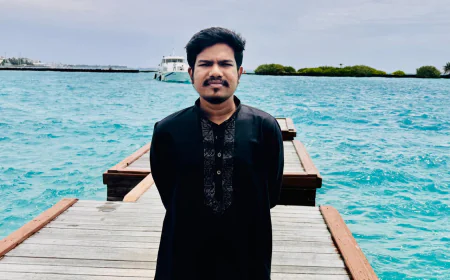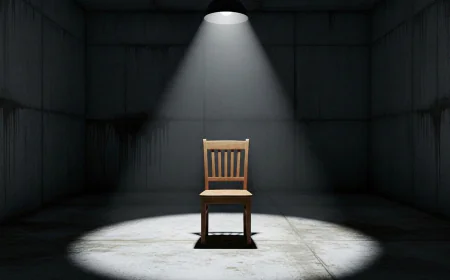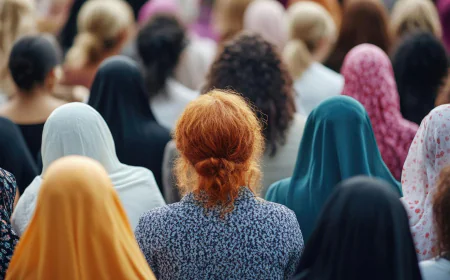Opinion / From Verdict to Violence
The Blood-Soaked Awakening of a Nation’s Conscience
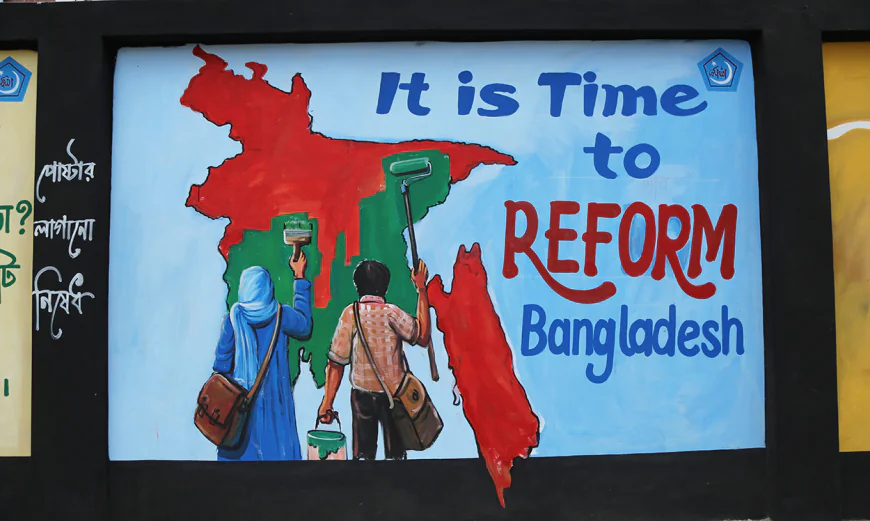
The month of July 2024 will forever be marked as one of the most tragic and transformative chapters in Bangladesh’s history. It was during this time that the country witnessed a violent rupture—one that did not begin with weapons or revolutionaries, but with a court verdict. What followed was not simply political unrest—it was a national awakening, soaked in blood, anguish, and an irreversible cry for justice.
It began on June 5th, 2024, with a verdict from the High Court that overturned a 2018 government decision to abolish quotas in public service recruitment. That decision, made years ago following a wave of student protests, had been accepted as a compromise to promote meritocracy. But now, with the court’s ruling, the very foundation of that compromise was being shattered. For tens of thousands of students who had fought for that change, this verdict came not as legal correction, but as a betrayal.
Protests erupted almost immediately—initially peaceful and disciplined. Students across universities formed human chains, issued joint statements, and demanded a reconsideration of the ruling. But the state chose confrontation over conversation. What should have been a moment for listening and negotiation became the spark for an eruption of violence.
From mid-July, the government's response grew more brutal with each passing day. Police raids on university dormitories became nightly rituals. Tear gas, batons, and rubber bullets turned academic campuses into war zones. Student leaders were picked up without warrants, many never to be seen again. On July 16, the killing of Abu Sayed, a student at Begum Rokeya University in Rangpur—who was photographed standing with his arms spread peacefully before being gunned down—became the emblem of a movement. His bloodied body, captured on smartphones, went viral and ignited mass outrage across the nation.
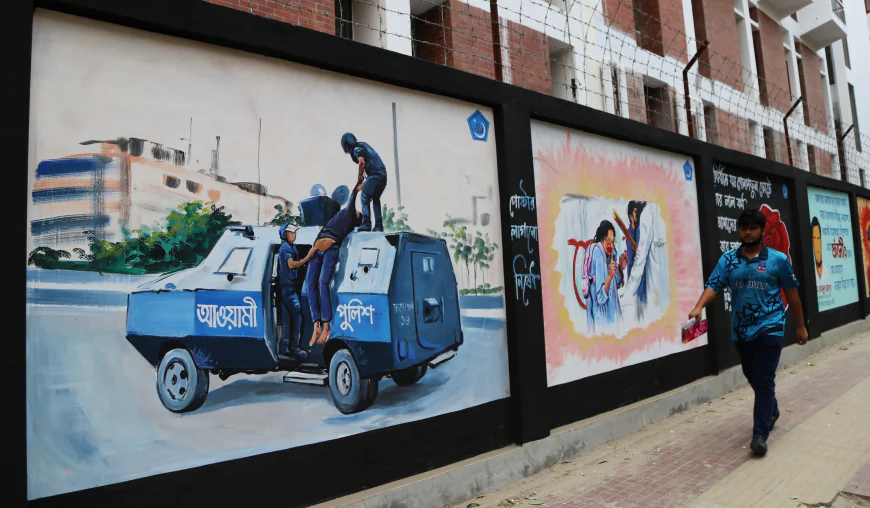
Street murals speak volumes — from police action to public health, every wall tells a story. These vibrant visuals reflect the urgent call for justice, awareness, and social reform in Bangladesh. Photo © Salim Reza
In the days that followed, death tolls mounted. Unofficial estimates suggested over 1,500 were killed, including many who were never officially acknowledged by the state. Thousands were injured, hundreds lost their eyesight from rubber bullets aimed at their faces, and over 11,000 were detained in an unprecedented wave of crackdowns. The brutality of the state extended beyond physical violence—it also included digital censorship. Internet blackouts, social media bans, and mass surveillance were deployed to silence dissent. But they failed.
This movement was unlike any in Bangladesh’s past. It had no central committee, no political party backing it, no charismatic leader at the front. It was a spontaneous, decentralized revolt—organized through encrypted chats, hashtags, digital posters, and live-streamed protests. Students formed human shields around girls’ dormitories, medical volunteers set up makeshift clinics in libraries, and visual artists turned bloodied handkerchiefs into national symbols. For the first time, a new generation stood up not for one political party over another, but for dignity, equity, and justice.
The international community could no longer ignore it. Amnesty International labeled the state’s actions as "crimes against humanity." Human Rights Watch condemned the mass blinding of protesters as "a systematic act of terror." Major global media outlets—BBC, The Guardian, Al Jazeera, The New York Times—ran front-page stories titled “Bangladesh Is Burning,” “The Generation That Refused to Bow,” and “When a State Turned Its Guns on Its Students.”
Despite the state’s attempt to label the protests as anarchic or foreign-funded, its own grip on the country began to crumble. Government offices in dozens of districts ceased functioning. Senior bureaucrats refused to sign illegal detention orders. Civil society, academia, and even segments of the armed forces began expressing discontent. The machinery of repression began to rust under the pressure of truth and resilience.
By early August, the administration had lost control over several major regions. On August 5th, Prime Minister Sheikh Hasina resigned from office and reportedly left for India, ending a two-decade-long era of increasingly autocratic governance. Three days later, an interim caretaker government was sworn in, headed by Nobel Laureate Dr. Muhammad Yunus, in a historic moment that stunned the world. It was, for many, the closest thing to a revolution Bangladesh had seen since its independence in 1971.
And yet, what followed was not jubilation. It was grief. The bloodied faces, missing persons, and permanently blinded young activists left an irreparable scar on the national psyche. In truth, the victory felt pyrrhic. The government had fallen, but at what cost?
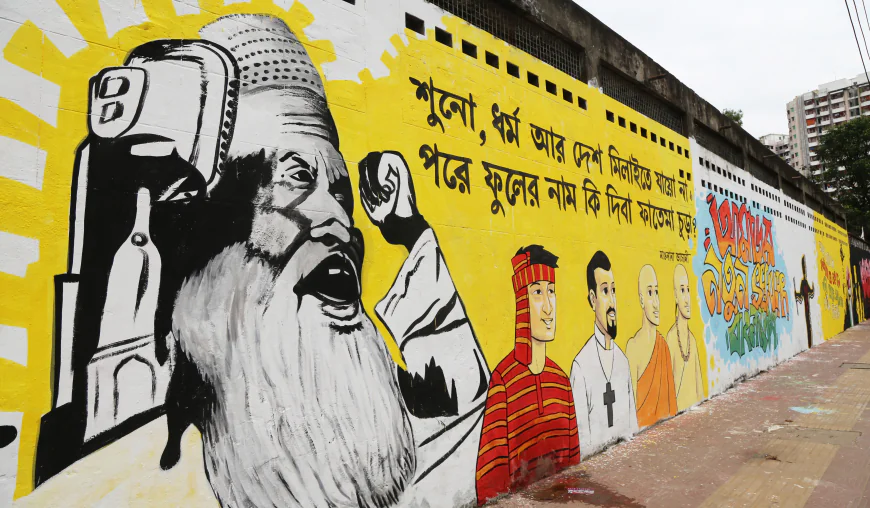
Unity in diversity painted loud — this mural calls for harmony beyond religion, identity, and nation, urging us to recognize our shared humanity. Photo © Salim Reza
As of today, one year later, the wounds remain fresh. International tribunals are in the early stages of prosecuting former government officials—including Sheikh Hasina—for crimes against humanity. Thousands of families continue to search for justice, some still searching for the bodies of their children. Survivors of torture, rape, and psychological trauma are being treated in silence, far from the headlines they once dominated. And while a new political framework may now be in place, the democratic institutions of the country remain fragile, uncertain, and vulnerable to manipulation.
What happened in July 2024 was not merely a political transition. It was a reckoning—a generational refusal to accept autocracy, a declaration that silence is complicity. But unless that sacrifice is translated into lasting reform—through inclusive elections, constitutional amendments, reparations for victims, and accountability for perpetrators—the uprising risks becoming just another page in a tragic cycle of violence and forgetting.
We must not allow that to happen.
Bangladesh owes a sacred debt to the young people who rose not for power, but for principle. To honor their sacrifice, we must build a society where no citizen has to die for justice, where no student is blinded for asking questions, and where no mother is left waiting for a child who will never come home.
This editorial is not just a reflection; it is a reminder. July 2024 is not over. It lives on—in courtrooms, in protest songs, in wheelchairs pushed through hospital corridors, and in the eyes of every Bangladeshi who dares to believe that this country can still be free, fair, and fearless.
